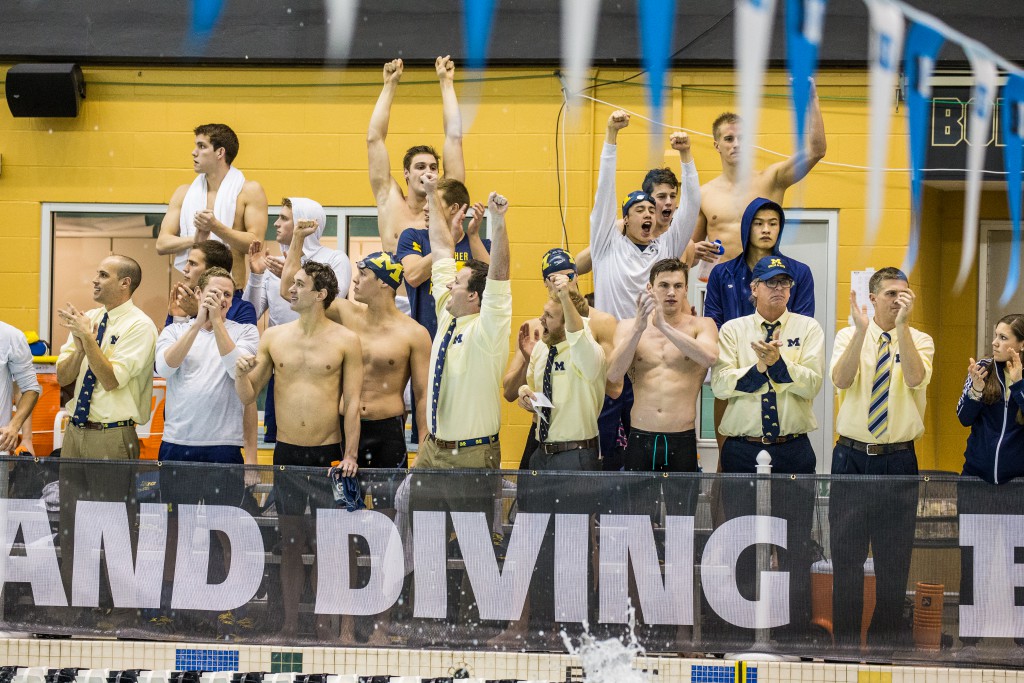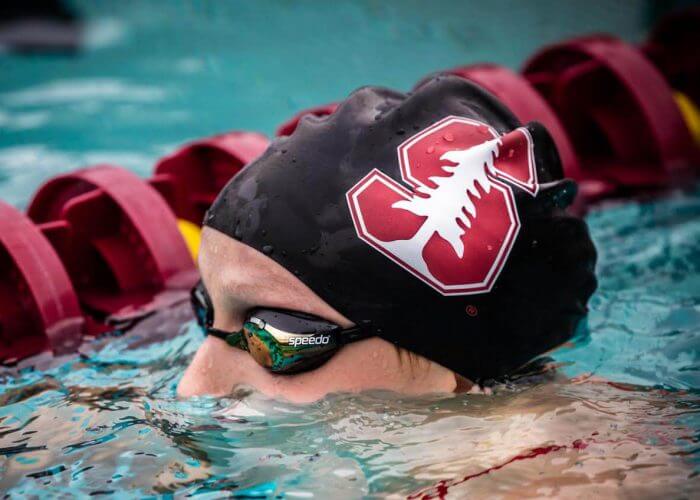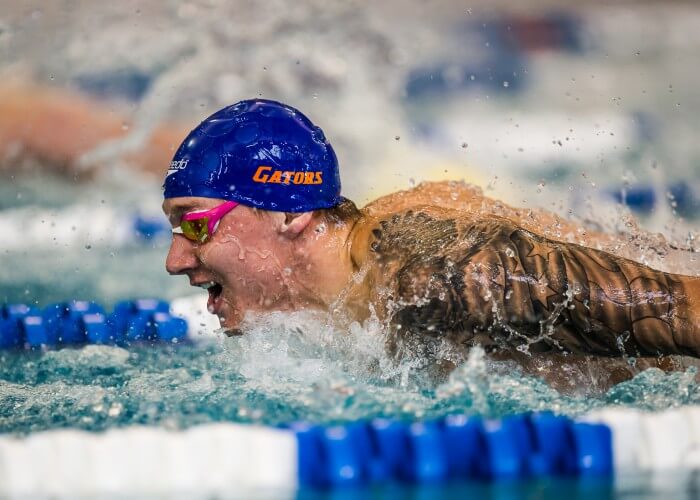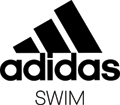The Fastest Year in College Swimming

NCAA DI editorial coverage is proudly sponsored by Adidas. Visit adidasswimming.com for more information on our sponsor. For all the latest coverage, check out our event coverage page.
 CLICK FOR FULL RESULTS
CLICK FOR FULL RESULTS
By Robbie Dickson, Swimming World College Intern
The year of 2016 turned out to be a very exciting year. It started off in March at the NCAAs, where American records fell at both the women’s and the men’s meet. The excitement carried over to the Olympic Trials, and then the Olympic Games in Rio. The popular theory is that the post-Olympic “depression” will cause slower swimming in the year following the Olympics. However, the 2016-2017 college season has proven that theory incorrect.

Photo Courtesy: Matt Rubel of Rubel Photography
2016-17 Women’s Conference Progression
The women’s NCAA has been filled with major superstars such as Katie Ledecky, Simone Manuel, Leah Smith, Olivia Smoliga, and many more. It was exciting to see how these stars would perform after the Olympics, and they did not disappoint. Out of six of the biggest conference meets (ACC, Pac 12, Big Ten, Big 12, Ivy, and SEC), only twenty-one events total were slower than the year before.
The Pac 12 had the greatest success rate, with only one event (100br) being slower than the previous year. They were followed by the Big 12 (2), Big Ten and Ivy (4), ACC (5), and the SEC (6). This means that 71.8% of the events were faster than during the Olympic year, and with NCAAs starting this week, it is not absurd to believe that every event will end up being faster.
Conference meets aren’t a perfect example of improvement because some athletes who have already made their NCAA standard, will not fully taper for the meet. This is the most likely reason that 500 and 1,650 were not faster at ACCs. Leah Smith had already made her standard by plenty earlier in the season and was going to win her events at conferences.
The biggest single event difference was 20.43 seconds in the mile at SECs. With the graduation of Georgia Bulldog star, Brittany MacLean, there was a huge gap in the ladies distance events. There were five total events, over the six college meets, that were within seven one-hundreths of the winning time from 2016. Women’s college swimming is arguably faster than ever, and NCAAs will be exciting to watch and compare to last year’s results.

Photo Courtesy: Peter H. Bick
2016-17 Men’s Conference Progression
On the men’s side of college swimming, the same six conference meets were compared to their winning times from last year. Out of the seventy-eight swims, only nineteen were slower than 2016. There was also one tie from the Big Ten 200IM. This shows that 79.5% of the men’s winning times were faster than last year. This can be attributed to the immediate impact that freshmen had at their first conference meet. Names such as Maxime Rooney, True Sweetser, Grant Shoults, Dean Farris, and Cameron Craig are major contributors to this success rate.
The Pac 12 had a perfect thirteen for thirteen improvement from last year. The return of Cal superstar Ryan Murphy, who did not attend the conference meet, helped that along with Stanford’s freshmen and Arizona State’s Cameron Craig.
The ACC and Big Ten both followed with eleven times that were faster, the Big 12 had ten, the SEC with nine, and the Ivy league finished up with eight time improvements. Of all the times that were not faster than 2016, eight of them were within two tenths of the 2016 winning times.
Florida Gator’s Caeleb Dressel was not faster in the 50 and 100 freestyles, but made it known that he was not fully shaved and tapered. Dressel still managed to throw down two sub-eighteen second relay splits and a pretty quick 44 second 100 fly.
With NCAAs right around the corner, we will have to wait just a little while longer to see if 2017 will indeed be the fastest year ever for men’s college swimming.
What does this mean?
This means that the Olympians as well as the athletes that did not make the Olympics came back to work in the fall and did not dwell on their successes or failures of the summer. This bodes well for the US swimmers, who will have to fill the holes of Michael Phelps, Maya Dirado, and other major pieces who have retired after the games. It also shows that the sport is progressing, not regressing, and that it is not going to get any easier to score at the conference meets or even qualify for NCAAs.
To put it simply, 2017 is a very fast year in the sport of swimming.
All commentaries are the opinion of the author and do not necessarily reflect the views of Swimming World Magazine nor its staff.




.jpg)
